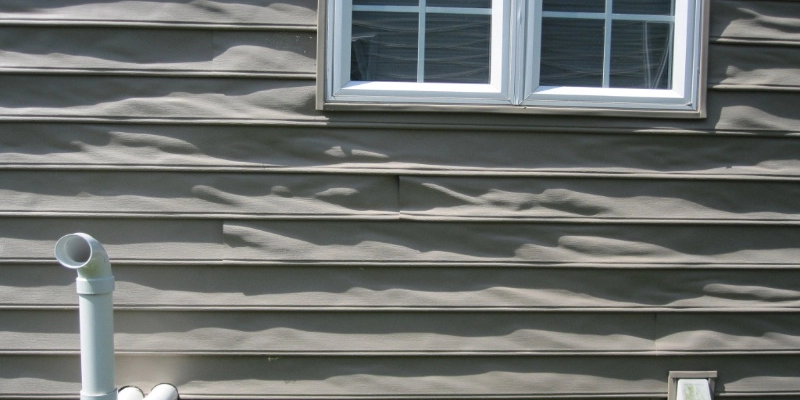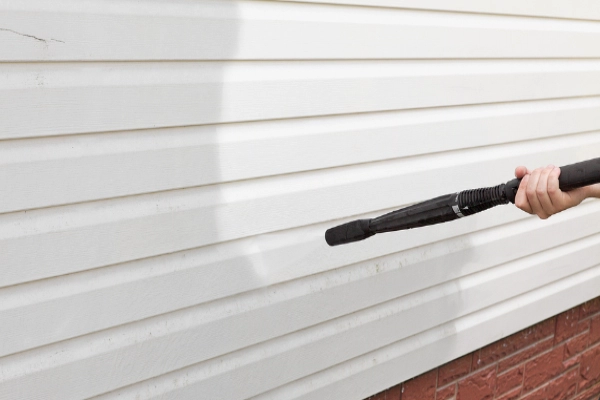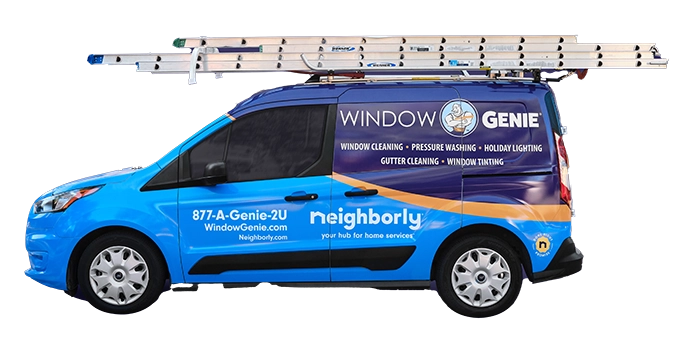
Imagine coming up with an idea that could change the world. It would not only be affordable but could help preserve the environment by preventing deforestation. Then after 25 years, you find out the product you designed to help the environment is actually destroying it. That sounds like a nightmare or the plot of a John Carpenter film, but that is the reality of first-generation vinyl siding.
Robert S. Crane’s family business Crane Plastics began manufacturing vinyl siding in the late 1950s. It was marketed as an alternative to the expensive aluminum siding and the vulnerable wood siding. The original process of making vinyl siding was difficult and the product was inconsistent and difficult to install. By the 1970s, however, vinyl siding began taking over; multiple companies had perfected the process and vinyl siding was becoming the most popular house siding installed. Vinyl was known as a durable and easily maintainable substance. Because of this, it was seen as an alternative to wood and in turn, a way to help stop deforestation.
Even though the process of creating vinyl is now considered a notorious health and environmental hazard, at the time it was being billed as a way to save the earth to an increasingly environmentally conscious society. The ’80s brought public awareness to environmental issues. Lead paint and asbestos were being eliminated. Captain Planet was popular among kids and politics began focusing on global warming. Producers of vinyl siding promoted it as an alternative to what they spun as the tree killing wood siding and the environmentally destructive aluminum siding.
It seems the rhetoric stuck! Today, 32% of all new homes use vinyl siding. Vinyl siding is popular because it’s quick and easy to install. Also, vinyl siding comes in a variety of colors and rarely needs to be retouched. Perhaps the biggest advantage of vinyl siding is the longevity of the product. Vinyl siding, if given the proper maintenance, can last for decades.
The longevity of vinyl siding is both its claim to fame and its biggest downside. Vinyl siding doesn’t require much work, but just like anything exposed to the elements, it needs to be cleaned. If not properly maintained, your home’s vinyl may need to be replaced. This is where things get ugly. Vinyl siding is not biodegradable, so if it’s removed from a home it will likely sit in a landfill forever. Also, while vinyl is recyclable, the process releases dangerous carcinogens. To keep your vinyl siding looking its best, it should be soft washed periodically to remove the mold, mildew, dirt, sand and chalky oxidation that collects on the surface. Cleaning vinyl siding isn’t necessarily hard, but does take a deft hand.

Washing an entire house by hand is exhausting and dangerous. Climbing around a roof or on ladders is ill-advised without proper training or equipment. The only other reasonable way to clean your vinyl siding would be to use a pressure washer. Without excellent training and a skilled hand, you could damage your siding or even worse, destroy it. Vinyl siding can easily be damaged by an aggressive pressure washer and if it is left to the elements will become damaged, weathered and faded. Hiring a professional is not only great for the appearance of your home, but is also environmentally smart.
Window Genie has years of experience perfecting the art of house washing. Window Genie's house washing service can safely and effectively improve the appearance of the exterior of your home, office, condo or apartment building. Using low pressure and home-safe cleaning products, our proven house wash process will effectively and affordably remove the build-up from your vinyl siding. Window Genie’s professionals are fully trained, insured, bonded and equipped with the appropriate equipment for every surface and every stain. Think of hiring professional pressure washers as your way of preserving your vinyl siding while going green and saving Mother Earth from another heap of non-biodegradable materials.
